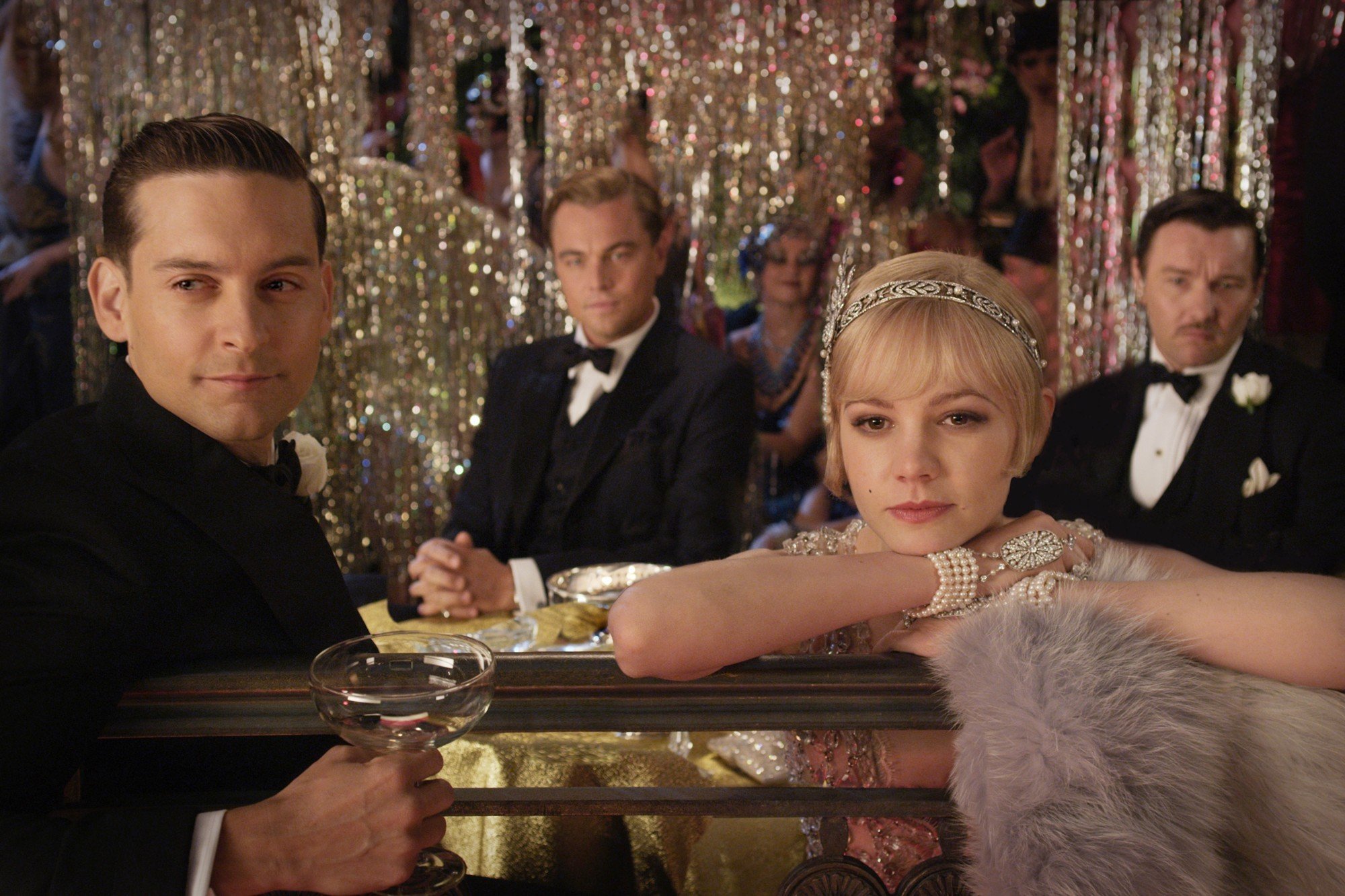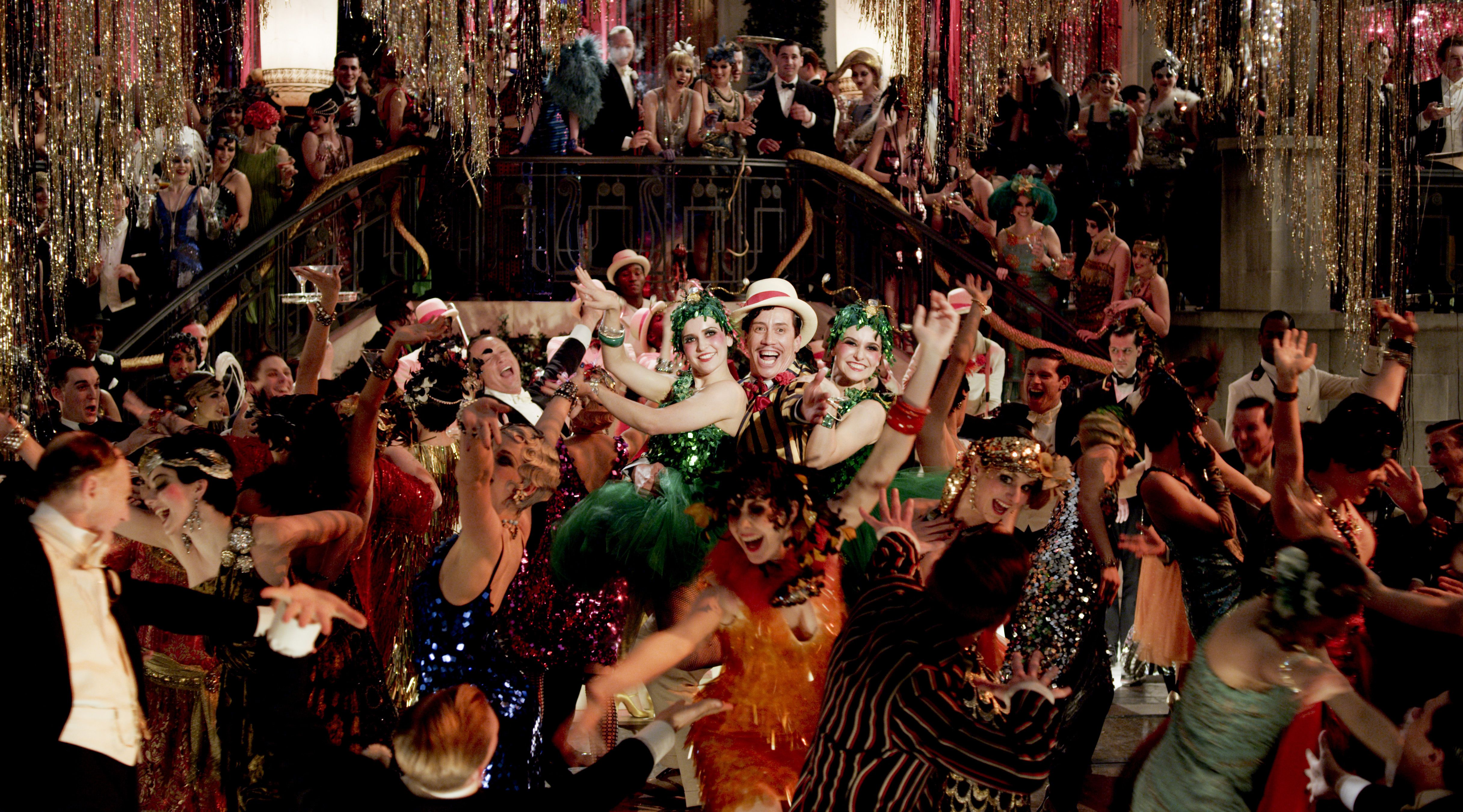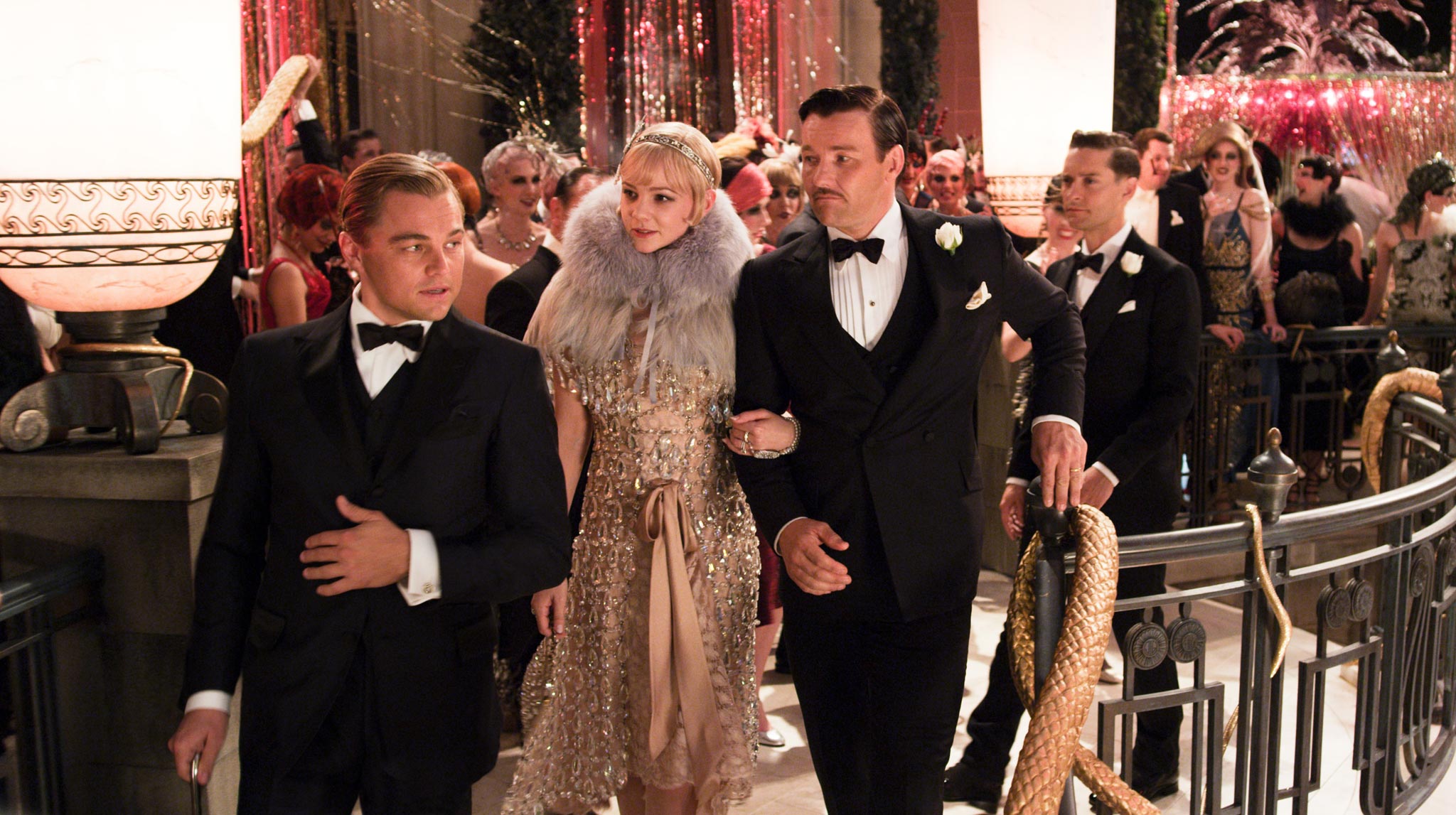Have you ever felt the sting of societal judgment after interpreting a classic piece of literature in a way that deviated from the norm? Perhaps, like many, you've grappled with F. Scott Fitzgerald's "The Great Gatsby," and found yourself either enraptured by its romanticism or repulsed by its depiction of excess.
The enduring power of "The Great Gatsby" lies not just in its narrative, but in its multifaceted interpretations. Some see it as a tragic love story, a testament to the American Dream, while others view it as a scathing critique of wealth, class, and the moral decay of the Jazz Age. The novel follows Nick Carraway, a Midwesterner who becomes entangled in the lives of his wealthy neighbors, Jay Gatsby and Daisy Buchanan, on Long Island in the summer of 1922. Gatsby, a mysterious millionaire, throws lavish parties in the hopes of attracting Daisy, his long-lost love. Nick, a writer and Wall Street trader, becomes both a confidant and observer of their tumultuous relationship.
| Category | Information |
|---|---|
| Title | The Great Gatsby |
| Author | F. Scott Fitzgerald |
| Published | 1925 |
| Genre | Tragedy, Jazz Age Literature, American Literature |
| Setting | Long Island, New York, 1922 |
| Main Characters | Jay Gatsby, Nick Carraway, Daisy Buchanan, Tom Buchanan, Jordan Baker, Myrtle Wilson, George Wilson |
| Themes | The American Dream, Wealth, Class, Love, Illusion vs. Reality, Social Decay |
| Symbolism | The Green Light, The Valley of Ashes, Gatsby's Mansion, The Eyes of Doctor T.J. Eckleburg |
| Adaptations | Numerous film, stage, and television adaptations, including the 2013 film directed by Baz Luhrmann |
| Further Reading | Encyclopdia Britannica - The Great Gatsby |
Baz Luhrmann's flamboyant 2013 film adaptation, starring Leonardo DiCaprio as Gatsby and Tobey Maguire as Nick, ignited fresh debate. The film's opulent visuals and modern soundtrack polarized critics and audiences alike. Some lauded Luhrmann's bold interpretation, while others accused him of sacrificing the novel's subtlety for spectacle. The New Yorker, for instance, may have metaphorically thrown a "monocled hissy" at the film's perceived gaudiness, but the adaptation undeniably brought Fitzgerald's story to a new generation.
- Justine Batemans Husband The Untold Story Of Mark Fluent
- Bethany Hamilton Life Shark Attack Husband Adam Dirks
The film highlights the key moments of the book. In one memorable scene, Nick finally meets Gatsby at one of his massive parties, a pivotal moment that sets the stage for their complex relationship. The camera angles capture the sheer scale of the party, showcasing the extravagance and the throngs of people drawn to Gatsby's mystique. The fireworks display, as Gatsby raises his glass, is a visual representation of his ambition and the dazzling facade he presents to the world.
Consider the scene where Daisy, played by Carey Mulligan, expresses her wish for her daughter to be a "beautiful little fool." This seemingly innocuous line is pregnant with meaning, reflecting the limited options and societal expectations placed upon women in the 1920s. It speaks to Daisy's own disillusionment and her desire to protect her daughter from the pain and disappointment she has experienced.
The film adaptation breaks down the narrative into distinct "chapters," marked by specific lines and scenes that signal the beginning and end of each segment. These markers guide the viewer through the complex plot, highlighting key themes and character developments. For those seeking a deeper understanding of the film, resources are available that provide a chapter breakdown, complete with dialogue cues and significant scenes to watch for.
- Kelly Clarksons Wardrobe Malfunction More Shocking Moments
- Edith Mack Hirsch The Life Death Of Desi Arnazs Wife
The tragedy of Gatsby's pursuit of Daisy culminates in his death, a moment of profound consequence. George Wilson, played by Jason Clarke, driven by grief and a thirst for revenge, mistakenly believes Gatsby to be responsible for his wife Myrtle's death. In a chilling act of violence, George shoots Gatsby in cold blood, ending his dream and exposing the destructive power of obsession and misplaced blame. This scene serves as a stark reminder of the novel's central themes: the illusion of the American Dream, the corrupting influence of wealth, and the devastating consequences of unattainable love.
Before his tragic end, Gatsby reveals his past to Nick, recounting his love affair with Daisy and the lengths he has gone to in order to win her back. He throws lavish parties not for the enjoyment of the guests, but to attract Daisy's attention, hoping she will one day wander into his orbit. Gatsby's parties, while seemingly extravagant and carefree, are ultimately a desperate attempt to recapture a lost moment in time.
The dynamics of these parties are interesting. They are a microcosm of the Roaring Twenties. Nick's initial impression of the guests is one of fascination, but he soon becomes disillusioned by their superficiality and lack of genuine connection. His description of one female partygoer as a "rowdy little girl" reveals a hint of the misogyny prevalent in the era. Jordan Baker, played by Elizabeth Debicki, serves as a conduit for Nick, revealing the complicated history between Gatsby and Daisy, further fueling Nick's understanding of the situation.
One of the most iconic moments in the novel, and the film adaptation, is the "shirt scene." Gatsby, in an attempt to impress Daisy with his wealth, throws a cascade of colorful shirts from his closet. Daisy, overwhelmed by the display of material possessions and the realization of what she could have had, breaks down in tears. This scene is crucial in solidifying Daisy's character, highlighting her internal conflict between her desire for security and her yearning for the passionate love she once shared with Gatsby.
Consider the meticulous details that contribute to the film's atmosphere. The location of Gatsby's mansion, with its elaborate terrace and proximity to the beach, reinforces the theme of wealth and privilege. The chandeliers and extensive staircases are visual cues, further emphasizing the grandeur and opulence of Gatsby's world. These details, while seemingly superficial, contribute to the overall message of the novel, exposing the emptiness and moral decay that often lie beneath the surface of extravagance.
The narrative structure of "The Great Gatsby" is intricate, employing techniques such as foreshadowing to hint at future events. Foreshadowing creates suspense and adds depth to the story, preparing the reader for the tragic events that are to come. By carefully planting clues and hints throughout the narrative, Fitzgerald masterfully builds tension and heightens the emotional impact of the climax.
The analysis of Chapter 5 is particularly enlightening. This chapter features the long-awaited reunion between Gatsby and Daisy after five years apart. Imagine rewriting this scene from either Daisy or Gatsby's perspective, delving into their inner thoughts, rewriting their dialogue, and providing detailed descriptions that remain true to their characters and the context of the scene. Such an exercise can provide valuable insight into their motivations and the complexities of their relationship.
Several key scenes also occur outside of Gatsby's mansion. These locations are also symbolic. Theres the lawn outside Gatsbys mansion, a few nights later, Gatsbys sports car, on the way to New York the following morning. There is also lunchtime at a New York City restaurant, the same day, Nicks cottage in the afternoon, a few days later and A dressing room in Gatsbys mansion, an hour later. These scenes outside Gatsbys mansion contribute to the overall narrative, highlighting the contrast between Gatsby's opulent world and the realities of everyday life.
Ultimately, "The Great Gatsby" invites us to examine our own values and aspirations. Do we, like Gatsby, pursue unattainable dreams? Are we blinded by the allure of wealth and status? Do we judge others based on their social standing? The novel's enduring relevance lies in its ability to provoke these questions, challenging us to confront our own biases and strive for a more authentic and meaningful existence. Whether you're drawn to the book's romanticism or repulsed by its critique of excess, "The Great Gatsby" is a story that continues to resonate with readers and viewers alike.
Consider the scene at the end of Chapter 2 when Nick leaves the party with Mr. McKee. This seemingly minor encounter adds another layer to the novel's exploration of social interactions and hidden desires. While in the elevator, Mr. McKee invites Nick to lunch, a seemingly innocuous invitation that hints at the underlying complexities of relationships and the potential for unexpected connections.
Moreover, "The Great Gatsby" explores the themes of conflict and internal struggles. The characters grapple with their own desires, ambitions, and moral dilemmas, creating a web of tension and intrigue. By exploring these conflicts, Fitzgerald offers a nuanced portrayal of the human condition, revealing the complexities and contradictions that lie within each of us.
Therefore, if you read the book a certain way, you pity the parts of society that read it another way. In some respects, you laugh when Baz Luhrmann exposes that universe as gaudy and the New Yorker throws a monocled hissy. All interpretations, whether through the original text or its cinematic adaptations, allow us to explore the eternal appeal of the novel and dive deeper into the important events and themes.
- James Van Der Beek From Dawsons Creek To Todays Hottest Roles
- David Sanov Alison Sweeneys Husband Career Family


